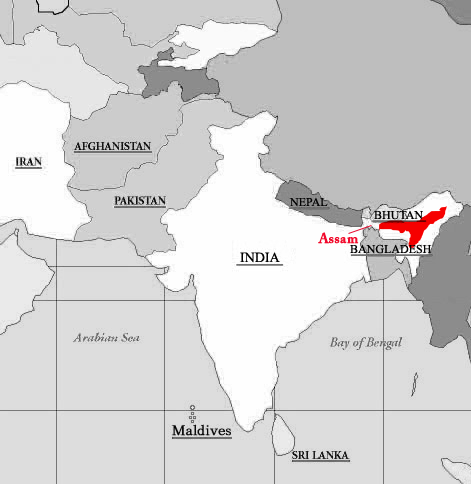Tea, or Camellia sinensis, is widely known to be native to China. It is perhaps slightly lesser known that the plant grows natively in the Assam region of Northeast India as well.
Robert Bruce, an official of the British Empire, is often credited with the discovery of Assam’s wild growing tea in 1823, and for publicizing the existence of the plant. Indeed it was the British who occupied India in the 19th century that spearheaded tea-growing ventures in the region, planting gardens of tea and using seeds from the assamica varietal. However, native populations, and particularly the Singpow tribes in Upper Assam are known to have made use of the tea plants long before British involvement.
To this day, Assam remains one of the largest tea growing regions in the world. The region is subdivided into Upper and Lower Assam, with the Brahmaputra River serving as the dividing line.
The region is primarily known for its black tea. A small percentage is made with hand-made, orthodox methods. A much larger portion of the tea is made with the Cut, Tear and Curl (CTC) processing method, which produces small round balls of black tea that infuse quickly and are often used in chai blends.
